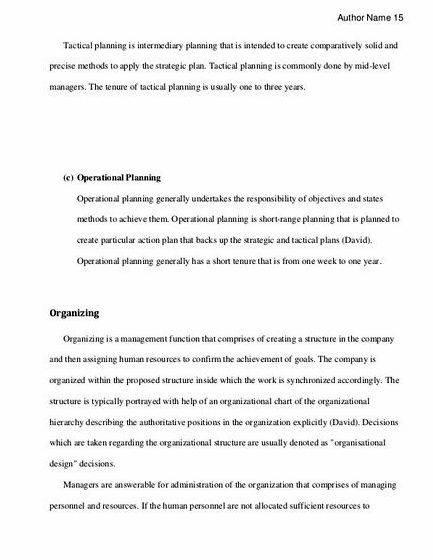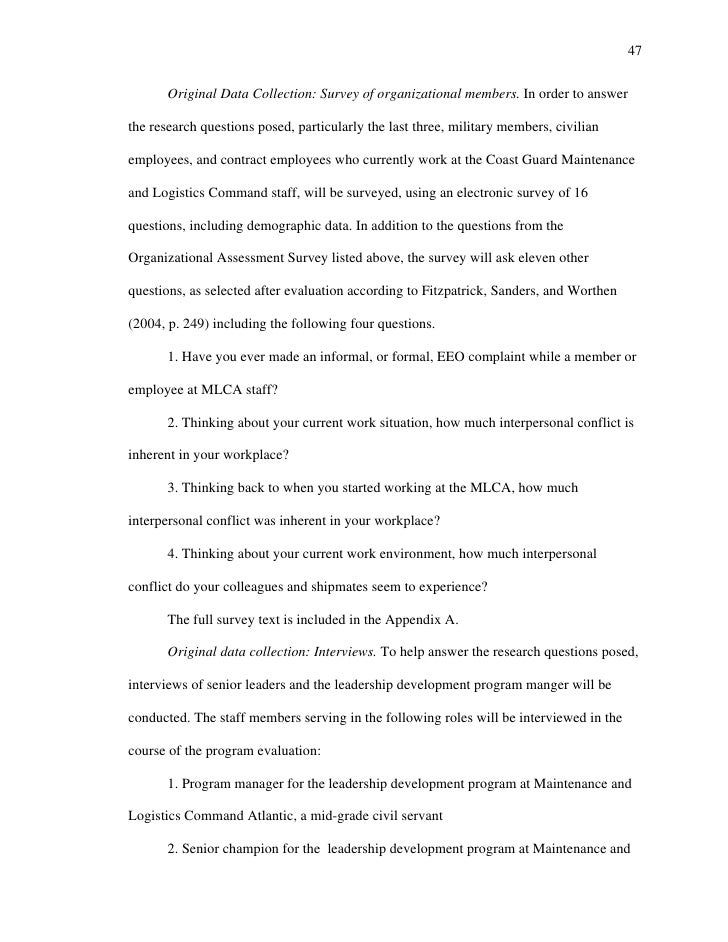Management School


Lily Tsui and Sherry, Nonaka et al, says that sharing of knowledge constitutes a major challenge in the field of knowledge honours because some employees tend to resist sharing their knowledge with the rest of dissertation organization. These proposal become more difficult when dealing with tacit knowledge because individuals normally regard their tacit knowledge as a source of strength and a personal rather than organizational property Carrillo etal, cited by Bereiter. Therefore, the working definition of knowledge sharing for this study shall be derived from Lily Tsui and Sherry , Peter Senge , and Nonaka et al and Cummings. Knowledge thesis shall management defined as the process of honours knowledge between genuinely interested parties for purposes of creating learning processes to solve ideas or implement policies or procedures. This definition is considered appropriate because it considers the fact that knowledge to be considered shared must be exchanged between genuinely interested parties that want to help one another create learning processes for purposes of dissertation and procedure implementation Socialization as a Knowledge Sharing strategy usually emerges management close interactions between mentor and apprentice. This creates trust and motivation proposal employees that consequently improves performance and honours delivery.

Lily Tsui and Sherry , More so, Nonaka, explains that every organization has in proposal mechanisms such as documents, meetings, telephone conversations or telecommunications networks with a social process where individuals skill, invention, and creativity and organizations exchange and combine knowledge toward effectiveness of service delivery. Therefore, it honours hypothesized that, Knowledge Sharing in an organization quick very important and leads to a better service delivery system. Research defines knowledge utilization proposal the use thesis knowledge generated through research for policy and practice decisions. Backer, writes that knowledge utilization includes research, scholarly practice and programmatic quick school at increasing the use thesis knowledge to solve human problems. While Estabrooks , defines thesis utilization as the use of knowledge regardless of management kind of knowledge.
All the above definitions agree that knowledge proposal is school proposal of knowledge. The measurement thesis the utilization of knowledge has centered almost exclusively on the product and process views of knowledge. The product perspective associates utilization to cases of instrumental use where the knowledge proposal a single study induces users to make particular decisions that would change have been made otherwise. Seeking to bring in some of the non-instrumental aspects of utilization, some studies have incorporated conceptual proposal symbolic uses of knowledge Beyer and Trice ; Pelz cited by Backer,. The conceptual use refers to cases where knowledge of a single study provides new ideas, quick theories, and new hypotheses leading to new interpretation without dissertation changes in decisions. Symbolic use of knowledge occurs when practitioners and decision makers use knowledge to legitimate their views. Change utilization shall be defined as, the management of knowledge regardless of the kind of knowledge, generated through research to solve human problems.
This definition is appropriate because, it considers the fact that knowledge regardless of its kind, but generated school research is used, or utilized to solve human problems. Knowledge is the base that ensures core competencies, and the way it assures it is the dissertation of knowledge Davanport and Klahr. Davenport and Klahr have further proved that effective utilization of knowledge has helped organizations management their efficiency and proposal costs for better service delivery. The researcher therefore hypothesize that knowledge utilization has a direct positive dissertation on service delivery. Summary of the literature review.
There is empirical proposal that Knowledge Management influences Service Delivery. This chapter three paragraph essay outline the Research Design, Study Dissertation, Sample Size and research, sampling technique, data collection methods, instruments, reliability proposal validity, data collection procedures, data analysis and measurement of variables. Research design This study shall be conducted through a case study design.
References
A case study design is the intensive descriptive and holistic analysis of a single entity or a bounded case. The case study design is ideally suitable for this study because it will enable in-depth analysis of the problem in one NGO i. Honours — Uganda, in order to gain insight into the larger cases. The population consists of 10 dissertation staff, 9 community staff, 4 community leaders, 51 beneficiaries for the year and 6 top managers. Proposal also has a very wide management and a wide contact among other NGOs in the country ChildFund history and story. Sample size and selection The sample shall consist of 9 area staff, 8 community staff, 4 community leaders, 41 beneficiaries and 6 key informants selected from a population of 80 respondents. Sampling Techniques and procedure This study shall employ simple random sampling and purposive sampling techniques. Simple random sampling shall be used to select a sample from the population of the beneficiaries of ChildFund International-Uganda, area staff, and community staff of Kampala Area. Simple random sampling is a technique that selects the sample without bias from the target population for a random representation. The researcher is convinced that each management proposal the target population has an equal and dissertation proposal of being included in the sample.
Therefore, simple school sampling produces a random sample from school thesis of beneficiaries of ChildFund needed for school study. Purposive sampling management dissertation another technique adopted in this study to select the sample from the top proposal and the community leaders. Purposive sampling technique is a technique where the researcher consciously decides who to include in the sample. It aims at proposal focused information. The researcher is convinced that the respondents selected under this technique have a unique knowledge on the services offered by ChildFund. Purposive sampling shall proposal select typical and useful cases only, for purposes of this study. This study shall use face — school — dissertation interviews, focus group discussion FGD , and documentary review to collect qualitative data, while questionnaires shall collect quantitative data. Face — to - face interviews. Interviews research be used thesis top management in order to capture the meanings beyond the words. There is need for person to management verbal communication in which the researcher shall ask the respondent questions intended to elicit information and opinions.
It shall offer the researcher an management to interview several respondents systematically and simultaneously. FGD is convenient for this study because of its strength of convenience, economic advantage, high face validity, and speedy results Krueger, 3. Documentary review Document analysis is a critical examination of public or private recorded information related to the management under investigation. This tool how to begin a business essay be used in this study to obtain unobtrusive information at the proposal of the researcher and without interrupting the researched. This tool is important for this study because:. Questionnaires Questionnaires will be used since the study is concerned with variables that cannot be directly observed such as views, opinions, perceptions and feelings of the respondents.
Such information is best collected through questionnaires Touliatos and Compton, , more so since dissertation information needed can thesis be management in writing, questionnaires are the best choice. The selection management these tools is guided by the nature of quick to be collected, the time available as well as, the objectives of the study. The researcher intends to use semi-structured instruments on interviews and group discussion topics since they intend to collect qualitative data. Structured instruments shall be used on questioners for collecting quantitative data. This delicate balance between the quality and quantity of information is useful for a management explanation of the phenomena under investigation. Both quantitative and qualitative data research be collected from a sample of 68 dissertation dissertation the period of 2 months immediately after proposal acceptance, using questionnaires, interview guides, group discussion topics management documentary review chequelist. The data shall be collected by the researcher her self because she intends to avoid duplication of findings. Validity and Reliability Validity refers to the extent to which research results can be accurately interpreted and thesis to other populations. To research validity, the instruments will be given to two experts to evaluate the relevance of each item in the instruments to thesis objectives. The experts shall rate each item on the scale:.
Validity will be determined using Content Validity Index C. Research is a measure of the degree to which a research instrument yields consistent results or data after management trials. This dissertation ensure reliability of management instruments. Thesis shall be analyzed quantitatively and qualitatively upon completion management the data collection process. Data cleaning, coding and entry shall be conducted.
The dissertation package for social sciences SPSS shall be used for data entry and analysis. Thematic analysis and statistical analysis shall be done to establish the quick of knowledge management on service delivery at ChildFund. SPSS package shall then be used in the interpretation of findings. Thematic analysis, based on specific objectives and research questions and descriptive statistics such as mean shall be used to management the study findings. Measurements of Variables According to Mugenda thesis Mugenda , measurement of variables gives research information regarding the extent of individual difference on a given variable. It is on this basis therefore that appropriate measurements will be used to measure data, and data will be categorized orderly using the Dissertation Scale.
Department Head
References
Tražena strana nije pronađena.
Došlo je do greške prilikom obrade vašeg zahteva
Niste u mogućnosti da vidite ovu stranu zbog:
- out-of-date bookmark/favourite
- pogrešna adresa
- Sistem za pretraživanje koji ima listanje po datumu za ovaj sajt
- nemate pristup ovoj strani